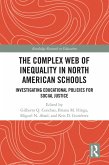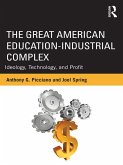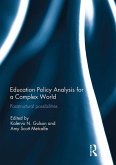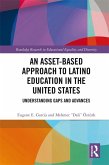This edited collection carefully interrogates how technocratic educational policies and reforms are often unequipped to address the interplay of political, social, economic, ideological factors that are at the roots of educational injustice. Considering the most vulnerable student populations, original case studies explore how inadequate structures, practices, and beliefs have increased marginalization, and highlight those instances in which policy has proved effective in reducing opportunity gaps between economically rich and poor students; between white, Asian, Black and Latino youth; between native English speakers and second language learners; highlighting racial integration and unequal American Indian education; and for students with special educational needs. The insights into such policies shed light on the complex web of historically embedded inequities that continue to shape the construction, roll-out, and consequences of education policy for the most marginalized youth populations today.
This volume will be of interest to graduate, and postgraduate students, researchers and academics in the fields of education policy, sociology of education, economics of education, and history of education, and well as policy evaluation.
Dieser Download kann aus rechtlichen Gründen nur mit Rechnungsadresse in A, B, BG, CY, CZ, D, DK, EW, E, FIN, F, GR, HR, H, IRL, I, LT, L, LR, M, NL, PL, P, R, S, SLO, SK ausgeliefert werden.









